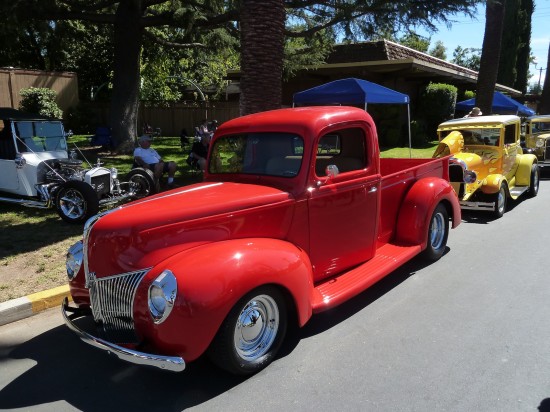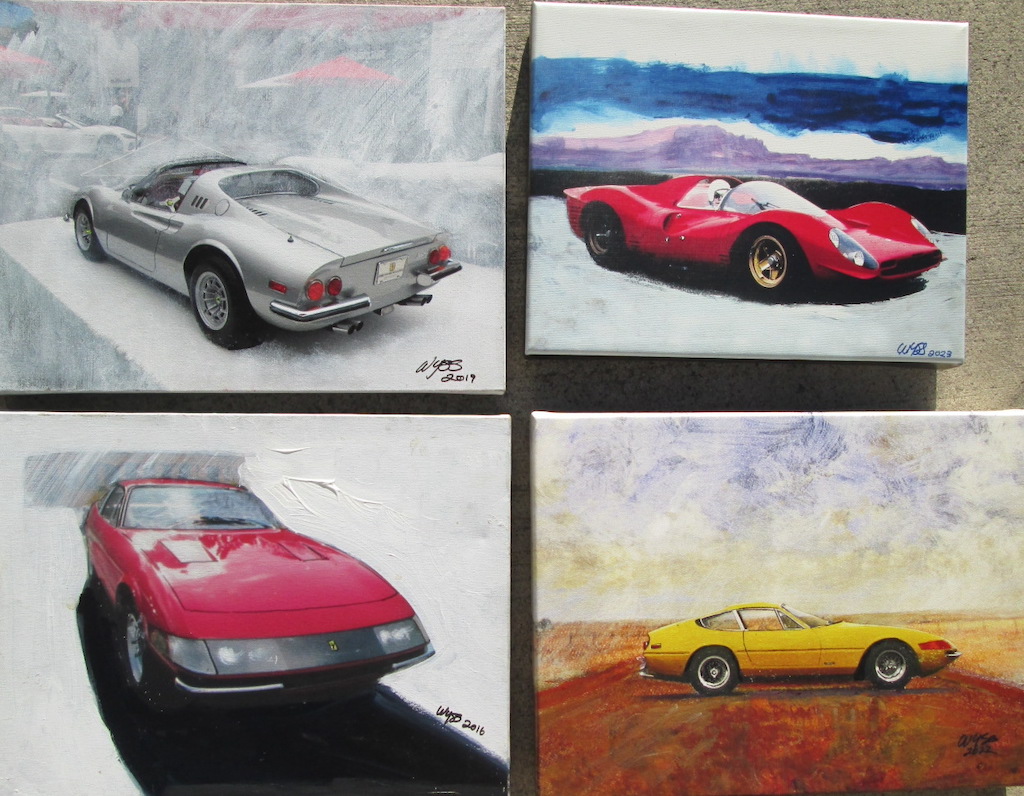Not just metal, not just chrome, a classic truck can feel like home. When it rolls down the lane, it carries more than age or name. Such is the beauty of a classic truck that it cannot simply be measured by horsepower.
These vehicles carry stories carefully etched into every dent and worn-out leather seat. Enthusiasts of classic trucks restore them to honor past generations.
Whether a classic truck was passed down through one’s family or discovered in a forgotten barn, each restoration resurrects more than the vehicle. It also brings back to life the legacy it represents.
However, there’s an element of risk and responsibility closely tied to the restoration of classic trucks. This article will explore why classic trucks are heavy-duty heritage laced with both pride and risk.
The Enduring Allure of Classic Trucks
To be deserving of the title of a classic truck, the vehicle must be at least 20 years old. According to Statista, the Ford F-series remained the best-selling light pickup truck in the US, with sales of 732,100 units (2024).
Those who own modern variants may be pickup truck lovers, but they do not share a piece of the past. Vintage variants like the F-100 or the Chevrolet C/K series are true classics. However, keep in mind that it’s not just the age that makes classic trucks so sought-after. These vehicles should also possess a certain level of style, performance, and historical significance.
Let’s understand the appeal of vintage vehicles like the F-100, the Jeep Gladiator, and the Dodge Power Wagon in a bit more detail:
- Timeless styling – Such classic trucks boast an enduring aesthetic, one that has stood the test of time. Their design is simple but also highly functional.
- Performance – Classic trucks were renowned for their impressive power and versatility. They delivered an enjoyable driving experience across various terrains.
- Historical significance – It’s possible to find classic trucks that were associated with important events or previously owned by famous individuals.
There may be other subjective factors that make a particular classic truck model stand out in a buyer’s eyes. However, the qualities discussed above are generally the greatest drivers of passionate restoration.
Restoration As a Cultural Statement
The desire to restore a classic truck is not often one fueled by mechanics. Many enthusiasts view the process as a declaration of their values, identity, and cultural heritage. Let’s see how with the help of a few examples:
Honoring Blue-Collar Roots
Did you know that classic trucks like the Chevy C/K or the Ford series formed the backbone of working-class America back in the day? They were mainly used by farmers, tradesmen, and ranchers.
A grandson may decide to restore his grandfather’s vintage truck to preserve its working history. The restoration then becomes a tribute to a way of life, not just a brand-new vehicle.
Rejecting Disposable Culture
We live in a world where vehicles are replaced every few years. Some people may choose to have a classic truck restored to make a bold statement against the disposable culture.
An urban restorer may spend weeks bringing a 1972 Chevrolet C10 back to life. The vehicle becomes a conversation piece amid cookie-cutter SUVs.
Asserting Individuality
All modern vehicles have one thing in common: they’re designed to appeal to mass tastes and uniform safety regulations. A restored classic truck is a rebellion in disguise, reflecting its owner’s unique skills and creativity.
A builder may restore and modernize a 1958 GMC pickup truck with a retro radio and handcrafted oak bed slats. The vehicle becomes an expression of individual taste and mechanical passion. Private plates are a great way to express individuality as well.
Preserving Regional or National Identity
Countries like Canada, Australia, and the US see the classic truck as a cultural icon. Restoring such a vehicle is symbolic of one’s national identity and rural pride.
A restorer in Texas may breathe new life into a vintage Dodge D-series. The restored vehicle would become a symbol of pride and Texas heritage.
A Labor of Love Rife With Risks
In general, the automotive restoration market is witnessing significant growth, primarily due to the rising demand for classic or vintage vehicles. With a value of $2,944 billion in 2024, this market is expected to become $6,941.9 billion by 2032.
Popular as it may be to bring back decades-old trucks to life, the process is not immune to certain risks. Older trucks do have their aesthetic appeal, but they were built for an era when modern safety standards did not exist. Many classic truck models lack critical features like airbags, anti-lock braking systems, or disc brakes.
A beautifully restored 1960s model may perform well in a show or event, but it could struggle to keep up during emergencies. For instance, drum brakes may fail to stop the vehicle efficiently on a wet highway. Similarly, manual suspension systems could lead to poor handling at high speeds.
Such mechanical limitations naturally raise the risk of legal repercussions. In the unfortunate event of an accident (one involving injury), a vintage truck’s lack of modern safety features might complicate fault assessments or insurance claims.
Only a qualified truck accident lawyer can help navigate legal complexities, particularly when outdated parts contribute to the accident. It’s not just about protecting oneself legally but being a responsible owner who understands the broader implications of operating a restored truck.
Preserving the Past, Preparing for the Present
If you are a classic truck enthusiast, the good news is that it’s possible to revive an older vehicle without risking lives. Here are some practical tips to stay safe:
- Upgrade the safety features by installing modern brakes, lighting systems, and seatbelts wherever possible.
- Inspect the vehicle’s structural integrity to ensure it is roadworthy. Check parts like the frame, suspension, and rust-prone areas.
- Align your restoration with the latest road safety regulations, especially for brakes, emissions, and tires.
- Purchase specialized insurance that offers modified coverage for classic vehicles.
So, are you ready to preserve a piece of automotive history? Restoring a classic truck can be a truly rewarding experience, despite the risks involved.
Currently, the 1970s and 1990s models are the most popular and costly due to a generational shift in ownership. Gen-X and millennials form the largest demographics interested in owning these pickup trucks.
No matter the model you choose, remember that it’s a heavy-duty heritage. Take the necessary steps required to be a good steward of these rolling legends. After all, the goal is not just to revive a machine but to carry forward a tradition with care and passion.



Speak Your Mind